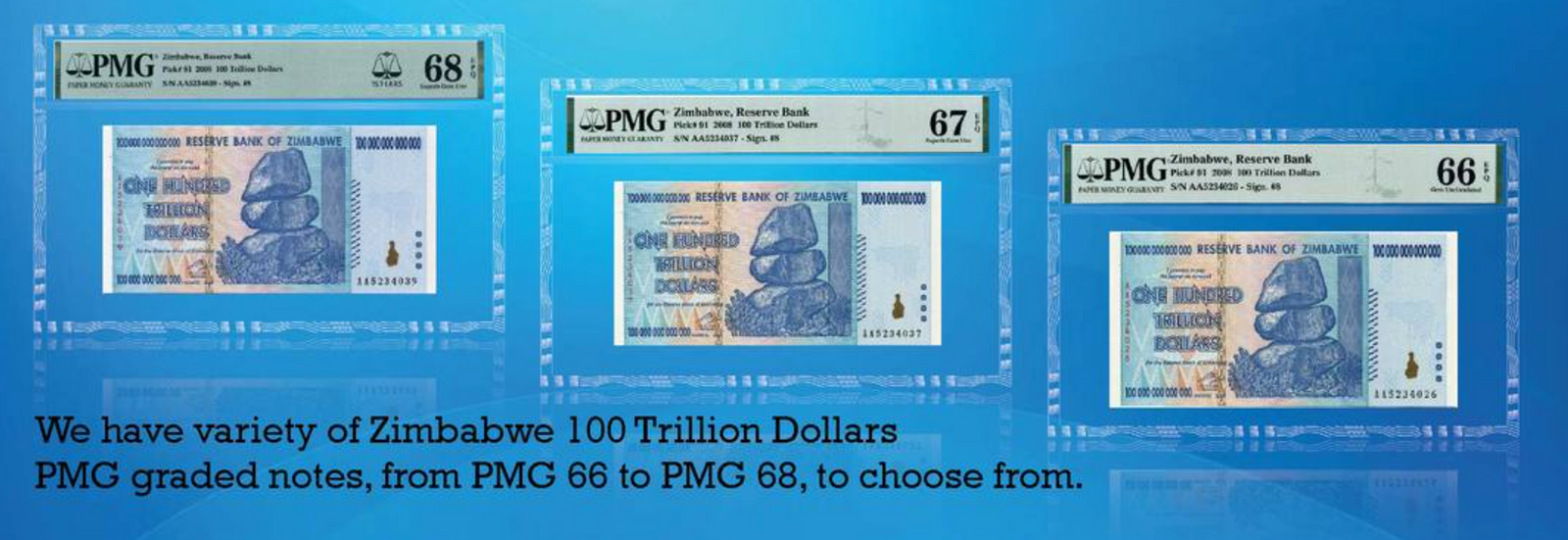Zimbabwe’s currency story is one of the most fascinating and turbulent financial sagas in modern history. From hyperinflation to adopting foreign currencies and reintroducing its own money, Zimbabwe’s economy has seen it all. In this article, we’ll take a deep dive into Zimbabwe's current currency system, the history behind the Zimbabwean Dollar (ZWD), and the introduction of new forms like the ZiG. Let’s explore how Zimbabwe is trying to stabilize its currency system and economy.

Introduction to Zimbabwe’s Currency Evolution
Zimbabwe has undergone a dramatic financial evolution over the years. Its currency system has mirrored the ups and downs of its economy. From prosperity at independence to the chaos of hyperinflation, Zimbabwe's currency journey is one of recovery, resilience, and transformation.
Overview of Zimbabwe's Economic Journey
After gaining independence in 1980, Zimbabwe was seen as one of Africa’s promising nations, with a strong economy based on agriculture, mining, and industry. However, political instability and economic mismanagement led to financial crises, resulting in one of the worst cases of hyperinflation the world has ever seen.
The Rise and Fall of the Zimbabwean Dollar (ZWD)
The Zimbabwean Dollar (ZWD) was introduced in 1980 to replace the Rhodesian Dollar. Initially, it was strong, reflecting a robust economy. However, over the decades, economic mismanagement, corruption, and political decisions led to its downfall. By 2009, Zimbabwe had abandoned the ZWD altogether.

History of the Zimbabwean Dollar
From Independence to Economic Collapse
The Zimbabwean Dollar started strong, but by the late 1990s, things began to unravel. Land reform policies and international sanctions caused a significant economic downturn. Inflation skyrocketed, and by the mid-2000s, Zimbabwe was experiencing hyperinflation on an unimaginable scale.
Hyperinflation and the Demise of the ZWD
Hyperinflation is a situation where prices increase rapidly as a currency loses its value. In Zimbabwe, inflation rates reached a staggering 79.6 billion percent in November 2008. The local currency became so worthless that people were carrying wheelbarrows full of banknotes just to buy basic goods.
How Hyperinflation Destroyed Zimbabwe’s Economy
The effects of hyperinflation were catastrophic. Savings were wiped out, and the economy ground to a halt as people lost confidence in the Zimbabwean Dollar. Eventually, the government had no choice but to abandon its currency in favor of using foreign currencies.
Dollarization: The Adoption of Foreign Currencies
In 2009, Zimbabwe officially dollarized its economy, meaning foreign currencies, primarily the US Dollar (USD) and South African Rand (ZAR), became legal tender. This move brought temporary relief to an economy in freefall.
Reintroduction of the Zimbabwean Dollar
The Bond Notes Era
In 2016, the Reserve Bank of Zimbabwe (RBZ) introduced bond notes. These were initially meant to be a stopgap to ease liquidity shortages. Bond notes were pegged to the US Dollar but were met with widespread skepticism.
Bond Notes Explained
Although they were technically not a new currency, bond notes were used as if they were. However, they quickly lost value as people continued to distrust the government’s fiscal policies.
Transition to the New Zimbabwean Dollar (ZWL)
In 2019, Zimbabwe decided to reintroduce the Zimbabwean Dollar, this time under the currency code ZWL. The government announced the end of the multi-currency system, with ZWL being the sole legal tender.
The Role of the Reserve Bank of Zimbabwe (RBZ)
The RBZ has played a key role in trying to stabilize Zimbabwe’s currency through various policies. However, inflation and lack of confidence in the currency remain significant challenges.

Zimbabwe’s Current Currency System
What is the Zimbabwean Dollar (ZWL)?
The Zimbabwean Dollar (ZWL) is the country’s official currency. However, due to lingering inflation and public distrust, the ZWL struggles to maintain its value. Many transactions still take place in foreign currencies, especially the USD.
The Introduction of the Gold Coin and ZiG
In a bid to stabilize the currency, Zimbabwe introduced gold coins in 2022 as a store of value. These coins are available for purchase and act as a hedge against inflation.
ZiG Currency: How it Aims to Stabilize the Economy
The ZiG, or Zimbabwe Gold, is a new digital currency backed by gold. The aim is to provide a stable alternative to the ZWL and USD, addressing issues like inflation and currency shortages.

Challenges Facing Zimbabwe’s Currency
Inflation Concerns
Zimbabwe continues to grapple with high inflation. Although it is not at hyperinflation levels anymore, the ZWL’s value continues to erode, causing public frustration.
Lack of Confidence in Local Currency
One of the biggest challenges is the lack of trust in the Zimbabwean Dollar. People prefer to use foreign currencies or barter, fearing that the ZWL will lose its value rapidly.
The Impact of Political and Economic Instability
Economic instability, coupled with political uncertainty, further weakens the currency. Without structural reforms, Zimbabwe’s currency will continue to face downward pressure.
The Future of Zimbabwe’s Currency
Can ZiG and Gold Coins Restore Stability?
The introduction of the ZiG currency and gold coins offers hope for stability. If these measures succeed in restoring confidence and providing a store of value, Zimbabwe could see some economic recovery.
Possible Scenarios for Zimbabwe’s Economic Future
In the short term, Zimbabwe’s currency situation remains precarious. However, with sound fiscal management and continued reforms, there is potential for stabilization.
Zimbabwe’s currency history is one of turmoil, but it’s also a story of resilience. The government’s efforts to reintroduce the Zimbabwean Dollar and stabilize the economy with initiatives like the ZiG offer hope. However, the road to full recovery remains challenging.
FAQs
What caused the collapse of the original Zimbabwean Dollar?
Hyperinflation, driven by economic mismanagement and a series of poor political decisions, led to the collapse of the original Zimbabwean Dollar.
What are bond notes, and how are they different from the Zimbabwean Dollar?
Bond notes were introduced as a temporary measure to address liquidity shortages. While they were pegged to the US Dollar, they quickly lost value, unlike the official Zimbabwean Dollar (ZWL).
What is the role of the ZiG currency in Zimbabwe’s economy?
ZiG, or Zimbabwe Gold, is a digital currency backed by gold. It aims to stabilize the economy by providing a secure and stable alternative to the ZWL.
Why does Zimbabwe continue to face inflation despite reintroducing the Zimbabwean Dollar?
The reintroduction of the ZWL hasn’t restored confidence, and inflation remains high due to a combination of economic instability and public distrust.
How does Zimbabwe’s use of gold coins impact its currency system?
The gold coins act as a store of value, providing people with an alternative to the ZWL, and helping to hedge against inflation.

